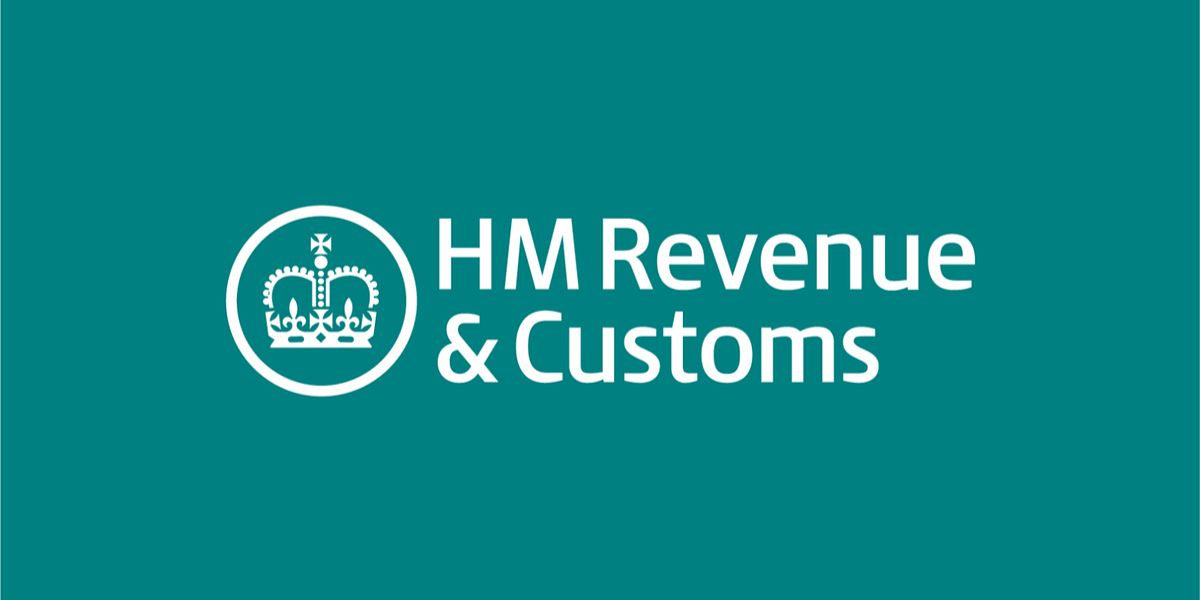A report released by the National Audit Office issued on 14 February 2020 looked at the management of tax expenditures. There were 1,190 tax reliefs available in the UK tax system in October 2019, either structural reliefs such as the personal tax allowance or non-structural reliefs aiming to advance the government’s social and economic objectives.
The non-structural tax reliefs, also known as tax expenditures, including for example research and development tax credits or tax relief on pension contributions. These tax reliefs often reflect policy choices to support social groups or industrial sectors, or aim to influence economic or social behaviour. These types of tax expenditure can complicate the tax system and become very costly.
The report issued by the National Audit Office looks at how the relevant government departments monitor and evaluate tax expenditures. The report looks at the monitoring process over the life of tax expenditures and in particular examines the number and cost of tax expenditures; their design and monitoring; and the evaluation of the expenditures.
The tax expenditures were forecast to cost GBP 155 billion in 2018-19. The intended impact of the expenditures is not guaranteed and careful monitoring is required to ensure that they are having the required effect. The report notes that the government is improving the monitoring process but that there are still concerns about value for money. The relevant government departments must therefore formally establish accountability for tax expenditures and increase the amount of transparency. They should clarify the arrangements to ensure value for money and improve the evaluation and reporting of tax expenditures.
The report recommends that a framework should be set up for designing and administering the tax expenditures drawing on international good practice and the views of stakeholders. A strong methodology should be devised to assess the value for money of tax expenditures and reviews should take place at specified time periods for each tax expenditure. There should be an annual review to establish whether the expenditures are still fulfilling the government’s objectives; and there should be a clear process for officials to voice their concerns to ministers about value for money.
The report indicates that HMRC should allocate resources to monitoring expenditures in proportion to their objectives, scale and risks. Independent data sources should be used if available to look at reasons for movements in the cost of high priority tax expenditures and a more systematic approach applied. The approach should report differences between actual and forecast costs for high priority tax expenditures or explain why this is not possible. The published analysis should include trend data on the number of beneficiaries of the tax expenditures and this should be taken into account in commentaries on the expenditures.


















